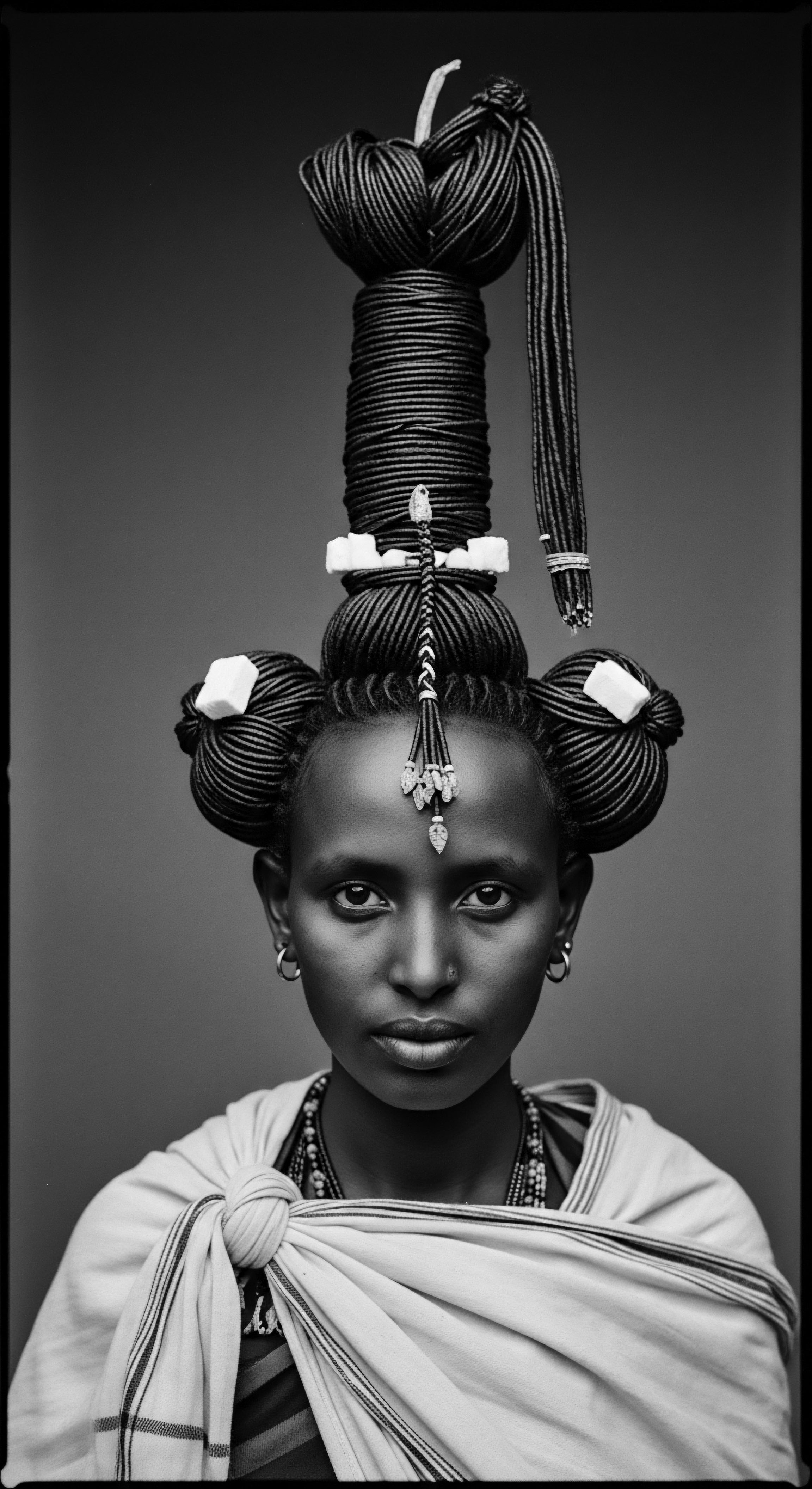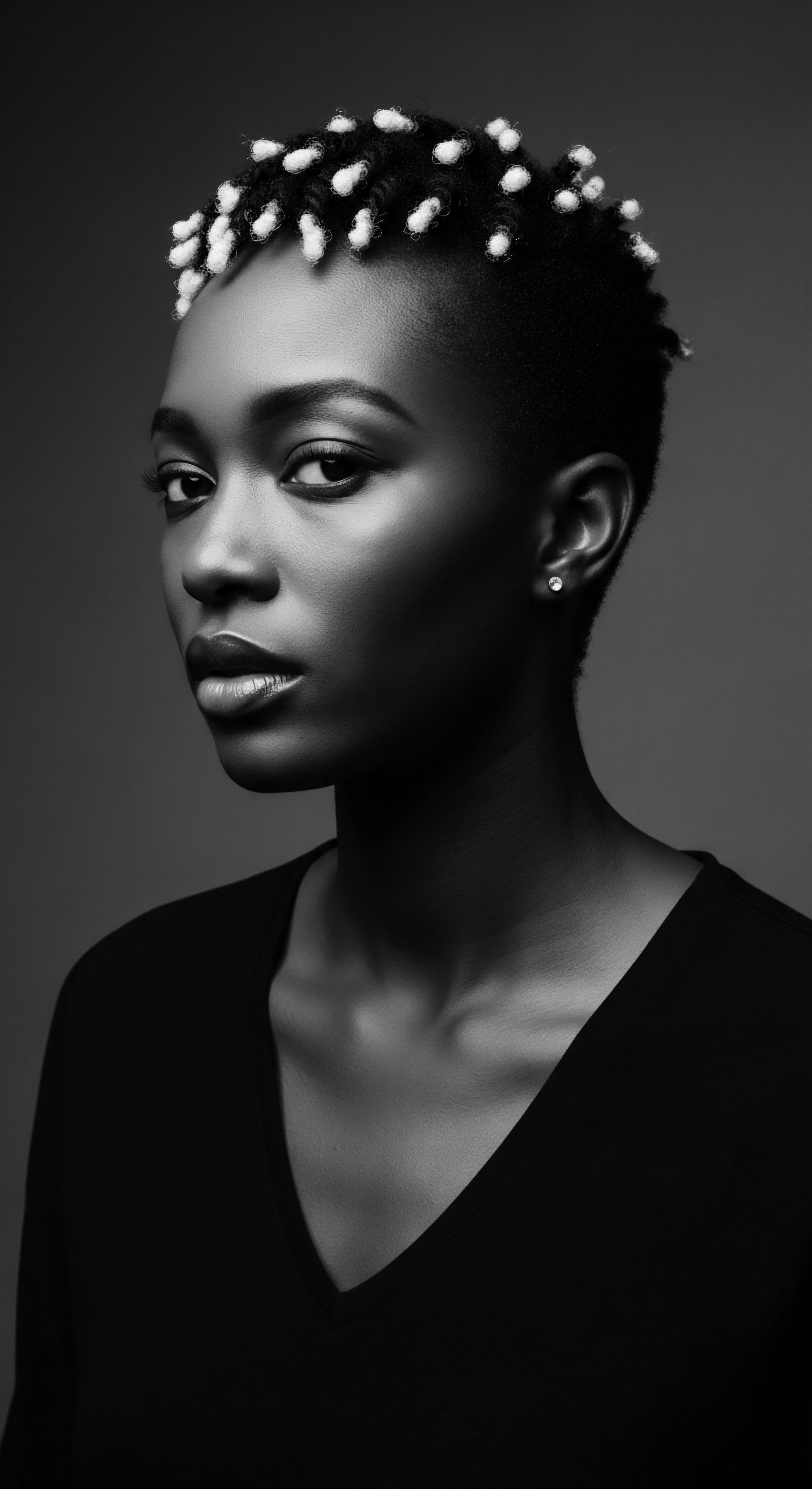
What historical Asian practices influence textured hair protection?
Historical Asian hair practices, such as oiling and silk wrapping, offer a heritage of protective care profoundly relevant to textured hair.

How did ancient headwear protect textured hair?
Ancient headwear safeguarded textured hair from environmental damage, preserving its inherent moisture and cultural significance across civilizations.

What historical Asian methods protected textured hair from environmental elements?
Historical Asian communities protected textured hair through meticulous oiling, fermented rice water rinses, and protective head coverings, embodying a deep heritage of care.

What ancestral practices influence textured hair protection during sleep?
Ancestral practices protect textured hair during sleep by utilizing low-friction materials and protective styles, rooted deeply in heritage.

How does textured hair porosity impact moisture retention with silk wraps?
Silk wraps aid textured hair moisture retention by reducing friction and preventing evaporation, a practice echoing centuries of ancestral wisdom.

How do silk wraps safeguard textured hair at night?
Silk wraps safeguard textured hair by reducing friction and preserving ancestral moisture, a practice steeped in heritage.

What historical significance do silk hair wraps hold in textured hair heritage?
Silk hair wraps hold enduring significance in textured hair heritage, offering physical protection and embodying resilience.

What scientific benefits do silk wraps provide for textured hair?
Silk wraps protect textured hair by reducing friction and preserving natural moisture, honoring ancestral care practices for heritage strands.

How do head wraps safeguard textured hair at night?
Head wraps safeguard textured hair by reducing friction, retaining moisture, and preserving styles, a practice deeply rooted in ancestral care traditions.

